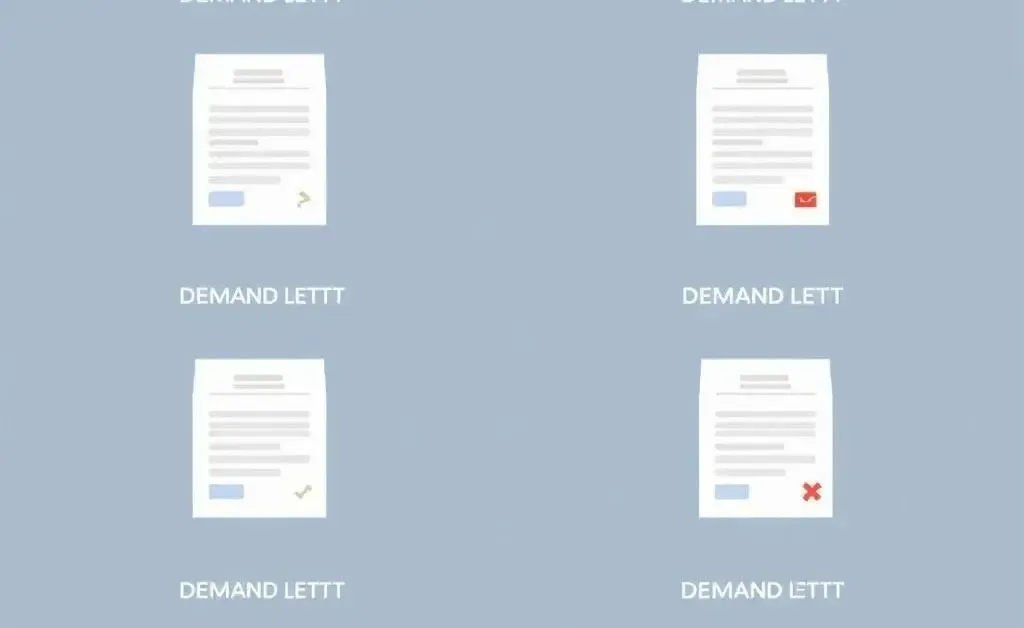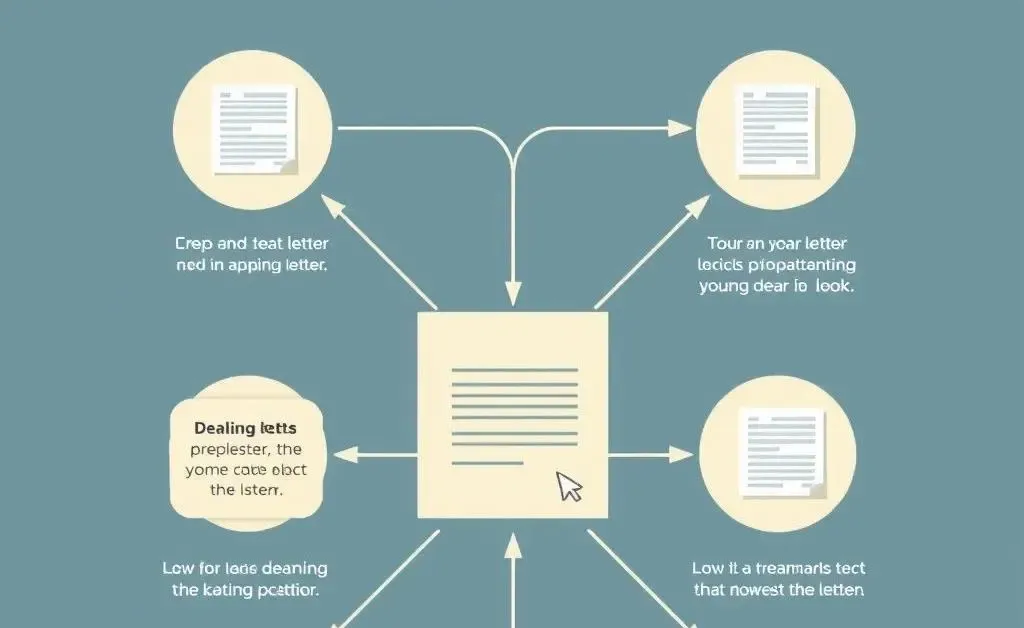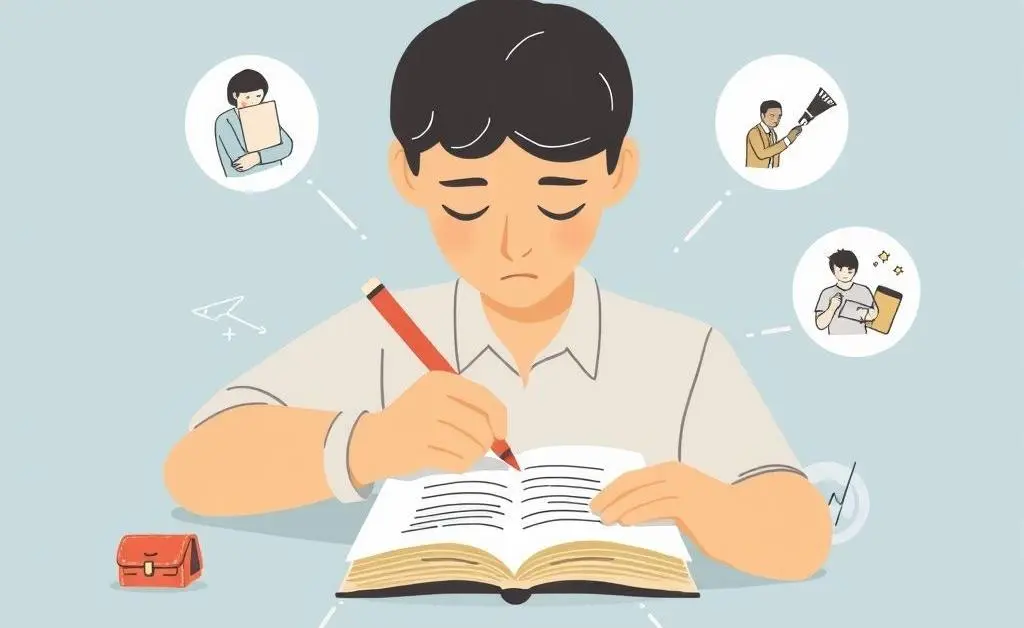Understanding Demand Letters: Navigating the Nuances with Confidence
Exploring the essentials of demand letters to empower your legal journey.

Introduction
Have you ever received a demand letter and found yourself staring at it with a mixture of curiosity and apprehension? Or maybe you've had to send one and felt uncertain about how it would be received? Demand letters can feel a bit like a foreign language, but with some insights, they become surprisingly approachable. Let’s take a soothing stroll through what makes demand letters tick and how you can handle them with confidence.
What is a Demand Letter?
A demand letter is essentially a formal request sent to a person or organization. It’s a way to express a situation or a demand clearly and professionally, often before initiating legal action. Think of it as a prelude to more formal proceedings, but with the potential to resolve issues without stepping into a courtroom.

Common Elements of a Demand Letter
Understanding the anatomy of a demand letter can be quite enlightening. Typically, it includes:
- Clear Identification: Who is sending it and to whom?
- Statement of Facts: A carefully laid-out narrative of the incident or issue.
- The Demand: An articulation of what the sender is asking for — remedy, payment, action, or cessation of something.
- Deadline: A timeframe within which the action should be completed.
- Contact Information: How to reach the sender for further discussions.
Navigating a Received Demand Letter
Receiving a demand letter can spur various emotions. But remember, it’s an opportunity for resolution, not just a preamble to conflict. Here are steps you can take if you find one in your mailbox:

Step-by-Step Approach
1. Stay Calm: Take a breath; there’s usually ample time to respond thoughtfully.
2. Read Thoroughly: Ensure you understand every aspect of the letter.
3. Seek Advice: Reaching out to a legal advisor can provide clarity and support.
4. Decide on Your Response: Whether it’s negotiation, compliance, or contestation, crafting a considered response is crucial.
5. Document Everything: Keep copies of correspondence for your records.
Writing Your Own Demand Letter
If the tables are turned and you need to compose a demand letter, approaching it with care and clarity can help ensure it lands the way you intend. Here are some insights into crafting a letter that communicates with strength and empathy:

Ingredients of an Effective Demand Letter
- Clarity: Be specific about the issue and your expectation.
- Empathy: Understand the recipient’s perspective while expressing your own.
- Conciseness: A succinct message is often more powerful.
- Respectful Tone: Remaining professional helps in maintaining a peaceful dialogue.
Conclusion
Demand letters, as imposing as they can appear, are a tool of communication and resolution. Whether you’re on the sending or receiving end, treating them with the respect they deserve can lead to clearer outcomes and more amicable solutions. Think of them as a conversation starter, one that presents possibilities and opens doors to resolution.
Have some experiences or thoughts you'd like to share about demand letters? I'm here, eager to hear your stories and insights.




